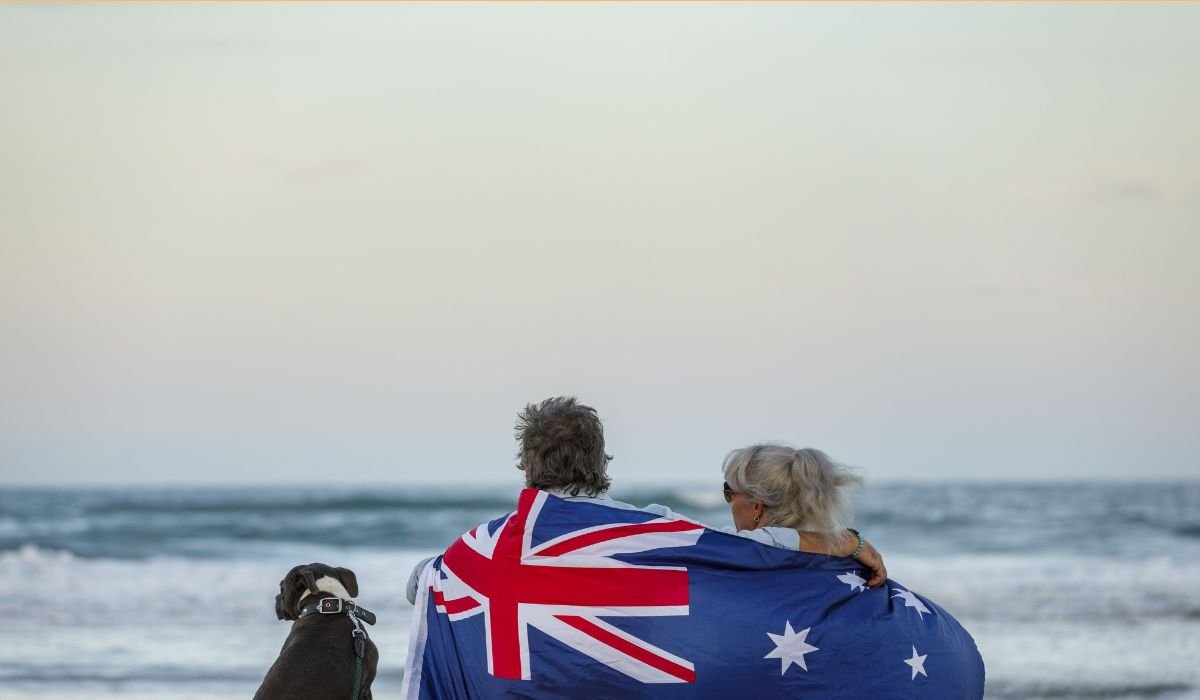The Rise of a Hero in the Country
Ben Roberts-Smith was born on November 1, 1978, in Perth, Western Australia, into a family that worked in the public sector and was very strict. Len Roberts-Smith, his father, was a Supreme Court justice and military lawyer. Sue, his mother, worked in education. Roberts-Smith seemed destined to be a leader because he was raised with values of honesty and duty.
He joined the Australian Regular Army at 18 after graduating from Hale School. He trained at Kapooka and Singleton before being sent to the 3rd Battalion, Royal Australian Regiment (3RAR). Even before he won medals, he stood out because of his calm confidence and 2.02-metre height.
He served in East Timor in 1999 and 2002, and then in 2003 he joined the Special Air Service Regiment (SASR). He was one of fewer than 20 people to pass that year’s elite selection course.
Originally Published on Auburn Times
From the Battlefield to the Victoria Cross
Roberts-Smith served in the military in both Iraq and Afghanistan. He got the Medal for Gallantry in 2006 for leading an attack on Taliban troops in Uruzgan Province while they were under heavy fire.
The Battle of Tizak on June 11, 2010, was the most important moment of his life. He charged across open ground under machine-gun fire to destroy insurgent positions and save his patrol. Governor-General Quentin Bryce gave him the Victoria Cross for Australia in 2011 for this act of extreme bravery. It is the highest military honour in the country.
By 2014, he had also received the Commendation for Distinguished Service for his role as a leader in Operation Slipper. People praised him as a living symbol of Australian heroism when he retired in 2015 after nearly twenty years of service.
The Brereton Enquiry, Rumours, and Reports
There were darker stories going around behind the legend. The Brereton Report (2020), which was led by Justice Paul Brereton, found “credible information” that 25 SAS members were involved in 39 illegal killings in Afghanistan. Even though names were blacked out, investigations quickly connected the claims to Roberts-Smith, who has always denied them.
- In 2018, journalists Nick McKenzie and Chris Masters from The Age and Sydney Morning Herald wrote shocking articles that said he:
- Killed unarmed Afghans and set up “throw-downs.”
- Told subordinates to kill prisoners.
- Made other soldiers feel scared and bullied.
- Attacked a woman he was having an affair with.
- These claims led to one of the most famous defamation cases in Australian history.
The Defamation Case That Set the Standard
In 2018, Roberts-Smith sued Nine Newspapers, saying their stories ruined his reputation. Justice Anthony Besanko oversaw the trial, which lasted 110 hearing days and had 41 witnesses under national security protocols. It was the longest and most complicated defamation case ever held in Australia.
Justice Besanko threw out the case in June 2023, saying that the newspapers had shown the “substantial truth” of several important claims, such as illegal killings and assaults.
He said that Roberts-Smith was not a reliable witness and that some of the things he did may have been against the law.
Roberts-Smith appealed, but the Full Federal Court upheld the decision in May 2025, saying that “unlike most homicides, there were three eyewitnesses to one of the killings.”
The High Court of Australia turned down his appeal on September 4, 2025, making the findings legally binding. The decision has set a standard for journalism that is in the public interest.
The fallout: money, friends, and reputation
Roberts-Smith’s finances and career were ruined by the loss in court. Seven West Media, his employer, stood by him until 2023, but he quit after the verdict.
Australian Capital Equity paid for his legal fees, but Kerry Stokes was later told to pay Nine’s legal fees, which were part of a total bill of $40 million.
Roberts-Smith, who used to be a decorated officer and business leader, now lives quietly in Queensland and mostly stays out of the public eye.
The Australian War Memorial Issue
The Australian War Memorial still has his uniform and medals on display, but the notes from the curators now mention the High Court’s decision. Critics say that keeping the exhibit the same could make a bad hero look good, but supporters say it keeps military history alive. The AWM’s updates have started up the debate about how countries remember war and who gets to write that history.
Ongoing Investigations and Public Debate
The Office of the Special Investigator (OSI), which was set up after the Brereton Report, is still looking into more than 40 possible war crimes. Roberts-Smith hasn’t been charged yet, but lawyers say the International Criminal Court could get involved if Australia doesn’t do anything.
The case showed journalists how important and expensive it is to tell the truth in one of the world’s strictest defamation laws. Chris Masters said, “It’s about what we choose to remember and what we must never forget.”
A Divided Nation: Legacy
Some veterans still think Roberts-Smith is a brave soldier who was unfairly criticised by the media and the government. For some, his fall shows the dark side of stories about war.
His journey—from Victoria Cross hero to a symbol of moral reckoning—makes Australia face some hard truths: that courage without responsibility destroys integrity, and that silence can cost a country its conscience.
Get More Updates: Australian Magazine
YOU MAY ALSO LIKE: Understanding the Price Range of Demolition Services

